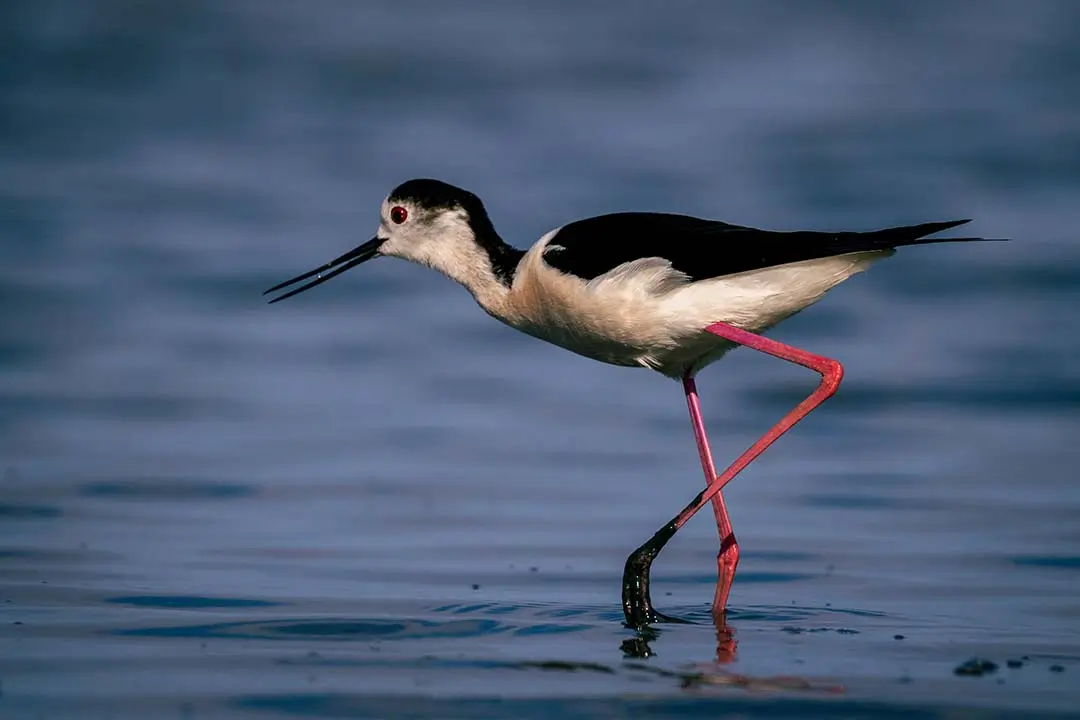
BIRDING IN
Zombitse Vohibasia National Park

BIRDING IN
Zombitse Vohibasia National Park

BIRDING IN
Zombitse Vohibasia National Park

BIRDING IN
Zombitse Vohibasia National Park
This rarely visited national park is of particular interest to birders. It is the best place to see one of Madagascar's rarest endemics, the localized Appert'stetraka. The park is most suited for a day visit and there are three trails to choose from. Two very short trails cater to birders specifically and the longest trail, which is only 3km/2mi, offers a better chance to see lemurs and chameleons.Zombitse-Vohibasia is located in a transition zone between dry and wet forests. There is rarely any rain in the Dry season months from April to October and the average daytime temperature is 29°C/84°F.
The Wet season months from November to March are hotter and see more rain, but never a great deal. The average daytime temperature during these months is 33°C/91°F. Nighttime is considerably cooler with temperatures around 17°C/63°F.The main landscapes found in the park are forests, woodlands, open grasslands and there are also some limited wetland areas.
Birds of Zombitse: White-faced Whistling-Duck, Fulvous Whistling-Duck, Knob-billed Duck, African Pygmy-Goose, Blue-billed Teal, Helmeted Guineafowl, Madagascar Partridge, Common Quailm, Harlequin Quail, Little Grebe, Madagascar Grebe, Malagasy Turtle-Dove, Namaqua Dove, Madagascar Green-Pigeon, Madagascar Blue-Pigeon, Madagascar Sandgrouse, Crested Coua, Verreaux'sCoua, Blue Coua, Red-capped Coua, Coquerel'sCoua, Running Coua, Giant Coua, Red-breasted Coua, Malagasy Coucal, Madagascar Cuckoo, Madagascar Nightjar,Madagascar Spinetail, Alpine Swift, Malagasy Swift, Malagasy Palm-Swift, White-throated Rail, Eurasian Moorhen, Baillon's Crake, Black-winged Stilt, Kittlitz's Plover, Common Ringed Plover, Three-banded Plover, Whimbrel, Bar-tailed Godwit, Ruddy Turnstone, Curlew Sandpiper, Common Sandpiper, Common Greenshank, Madagascar Buttonquail, Hamerkop, Little Bittern, Gray Heron, Purple Heron, Great Egret,Little EgretBlack Heron, Cattle Egret, Squacco Heron, Malagasy Pond-Heron, Striated Heron,Madagascar Ibis, Malagasy Sacred Ibis, African Harrier-Hawk, Madagascar Harrier-Hawk, Madagascar Cuckoo-Hawk, Malagasy Harrier, Frances's Sparrowhawk,Madagascar Sparrowhawk,Henst's Goshawk,Black Kite, Madagascar Buzzard and many more.
Our Experts are ready to provide answers
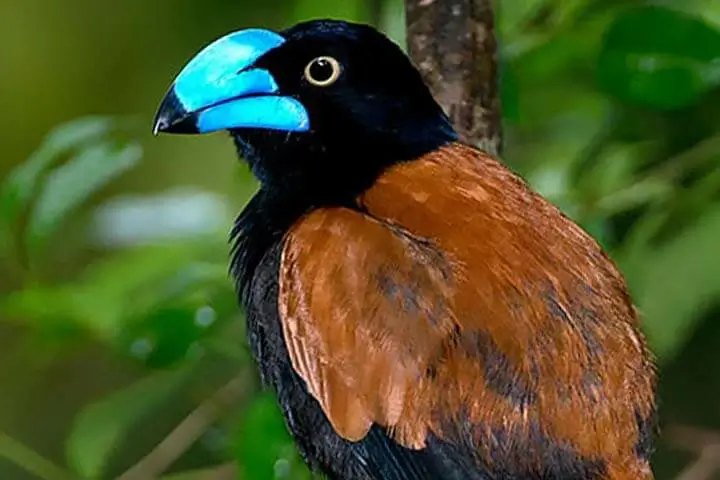
Exceptional birding is to be done in this park, which protects the largest remaining Malagasy lowland rainforest. Aside from nearly all the broadly distributed rainforest endemics, specials like the Brown Mesite, Red-breasted Coua, Scaly Ground-roller and the Helmet and Bernier's Vangas, abound.
Read More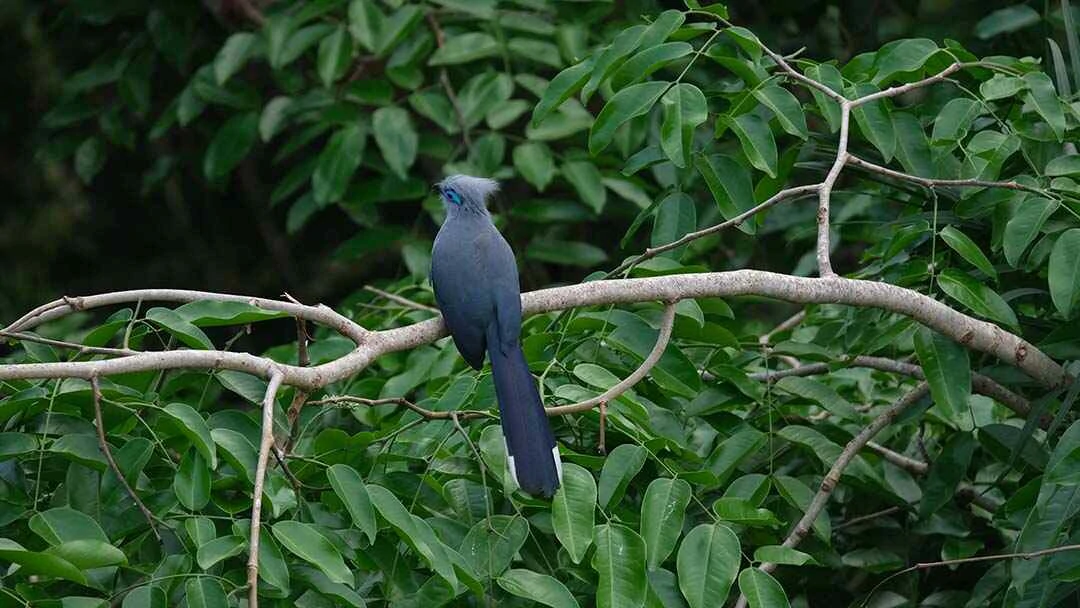
This new park is deservedly becoming one of Madagascar's most visited birding hotspots. Its denizens include all 4 the rainforest-dwelling ground-rollers, the 3 oxylabes, all 3 rainforest-dependent asitys, Forest Rock-thrush and Brown Emutail.
Read More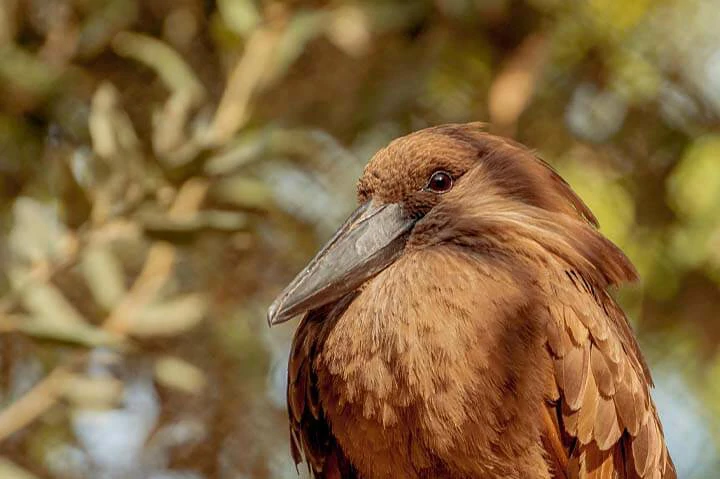
Best birds along the road are Madagascar Cuckoo Hawk, Forest Rock Thrush, Dark Newtonia and Mad. Starling. Others include; Wedge-tailed Jery, Green Jery and Rand's Warbler, Nelicourvi Weaver, Malagasy White-eye and both Souimanga,Rufous Mouse Lemur,Blue Coua and Malagasy Green Sunbirds.
Read More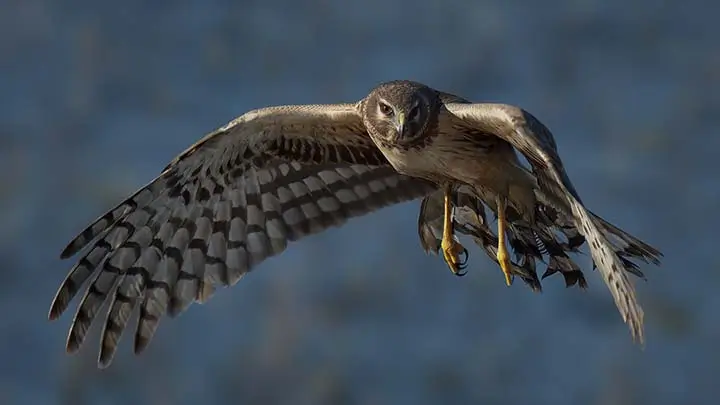
Ifaty is also an excellent place in which to seek the uncommon Banded Kestrel, as well as the White-browed Owl (before dawn); Madagascar Nightjar and Madagascar Buttonquail.
Read More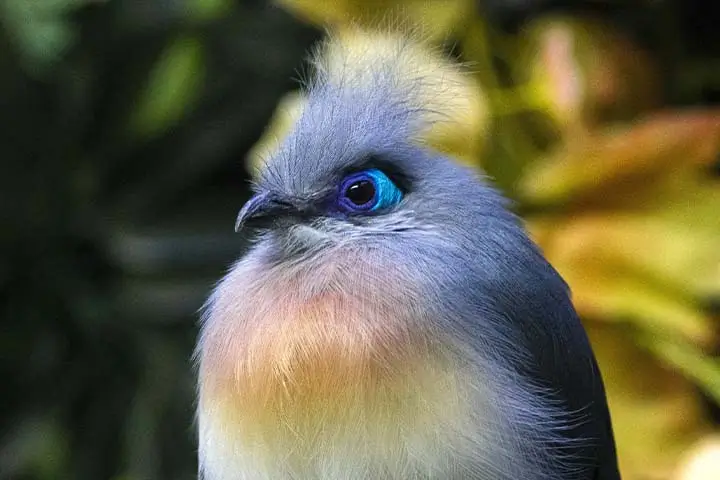
Other birds seen at Spiny Forest Reserve include; Banded Kestrel, SubdesertMesite, Green-capped, Running and Crested Coua, Long-tailed Ground-Roller, SubdesertTetraka, Sickle-billed and Lafresnaye'sVanga and Archbold'sNewtonia.
Read More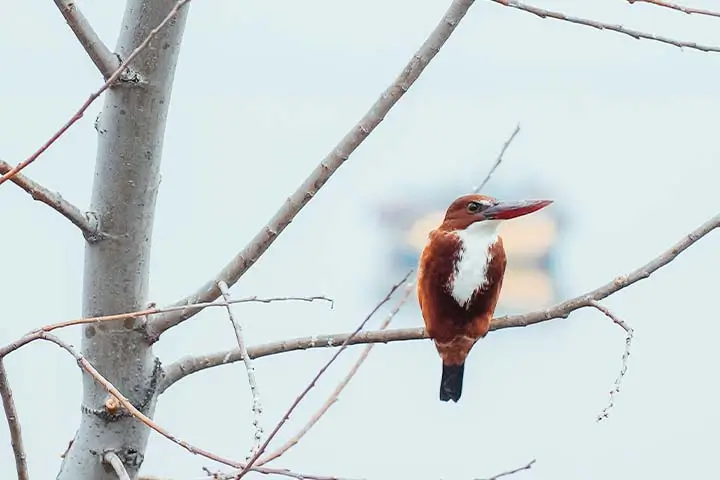
The local specials are mostly not hard to find: look for White-breasted Mesite, Coquerel's and Red-capped Couas and Van Dam's Vanga. Less easily seen is the Schlegel's Asity. Several vangas are quite common, including the Sicklebill, Rufous, Hook-billed, Blue and Chabert'sVangas. Raptors abound, including the very rare Madagascar Fish Eagle, Madagascar Gymnogene, Madagascar Buzzard, Madagascar Sparrowhawk and Frances's Sparrowhawk.
Read More